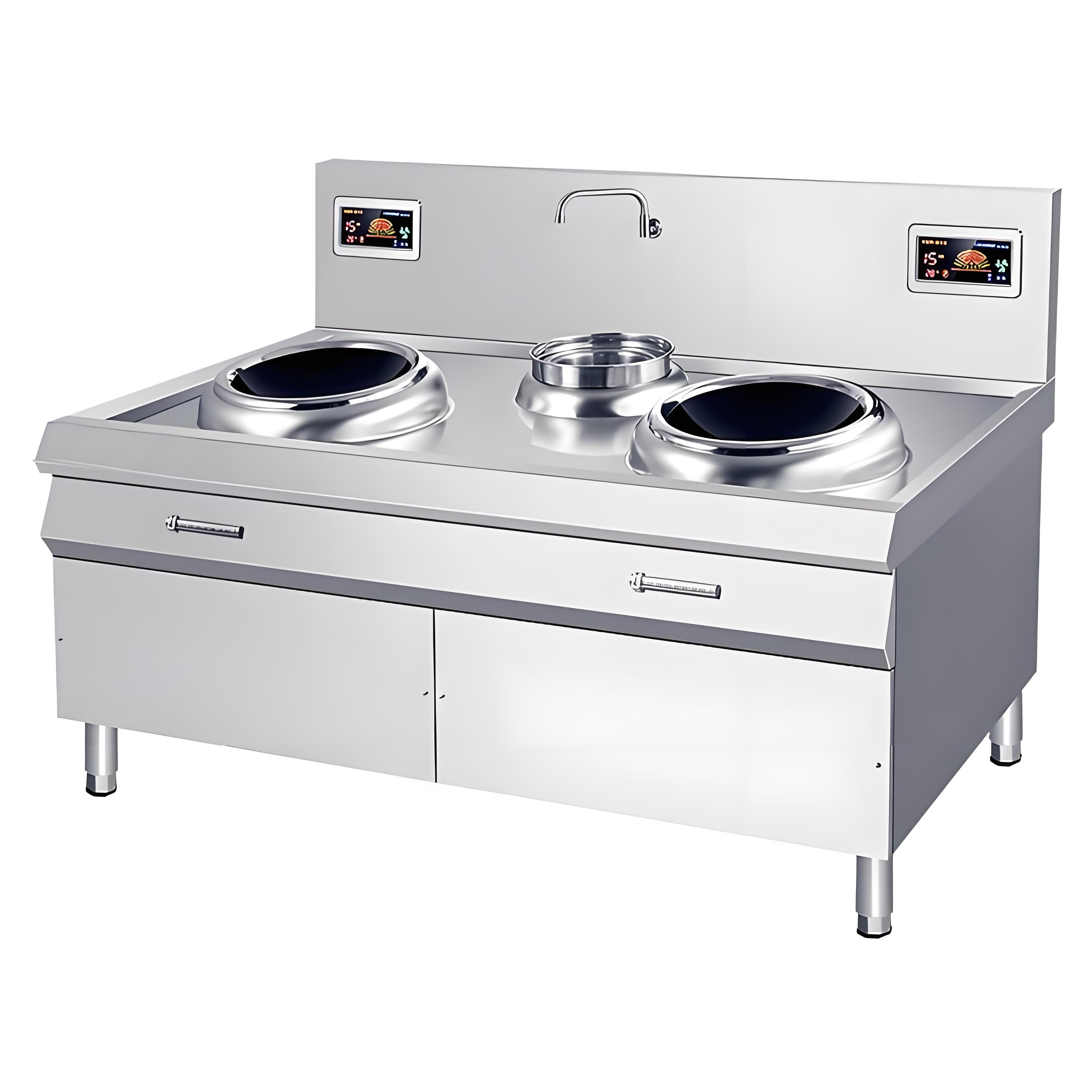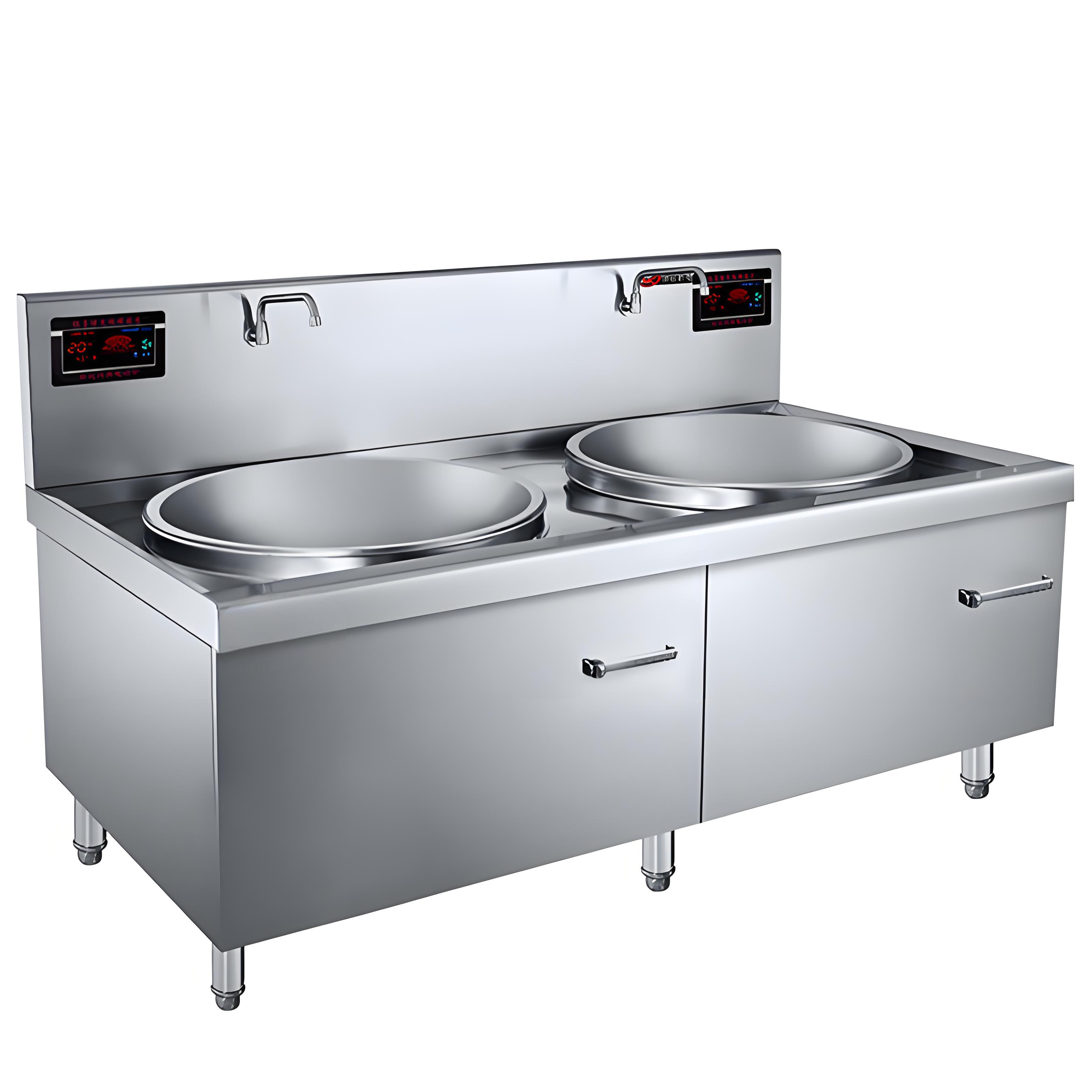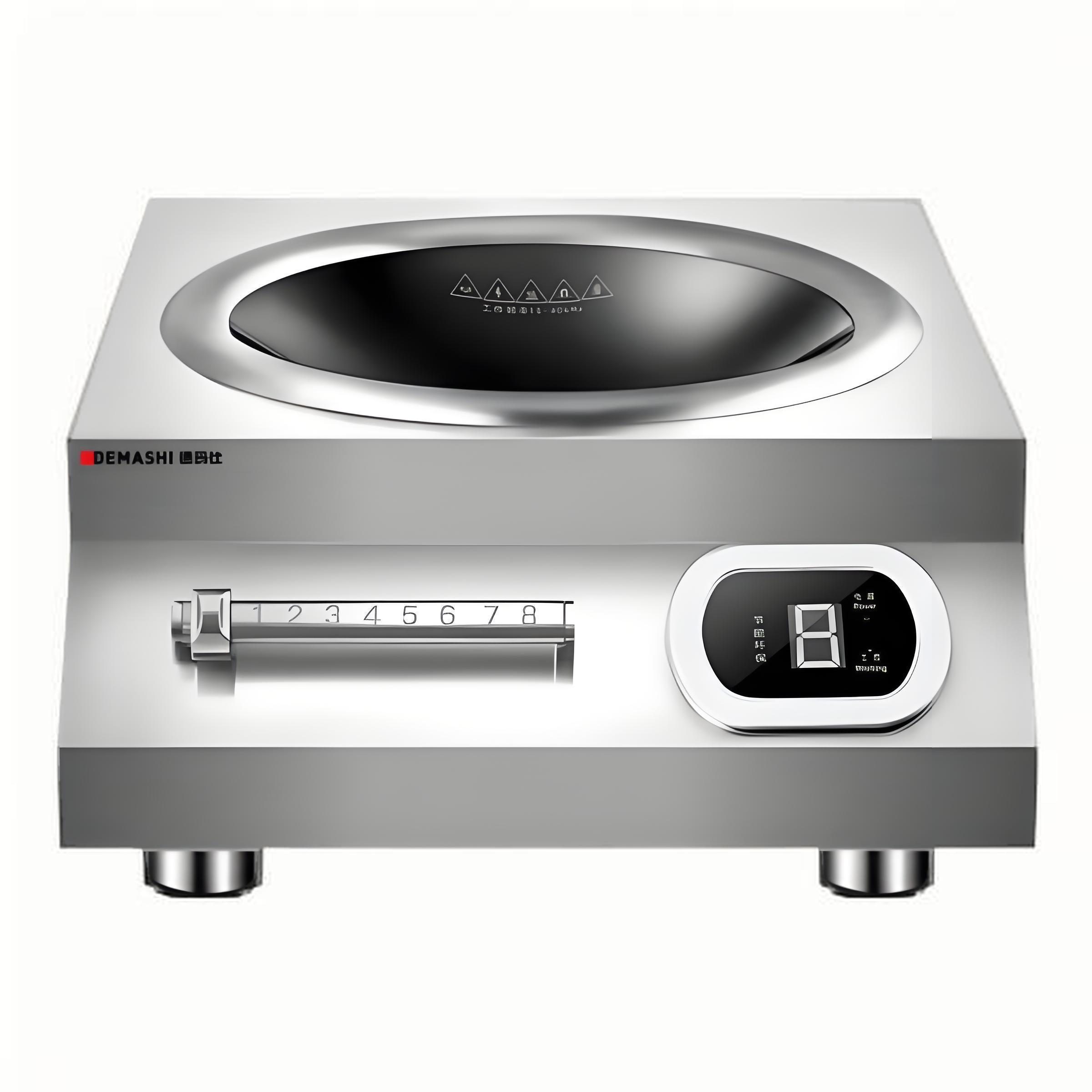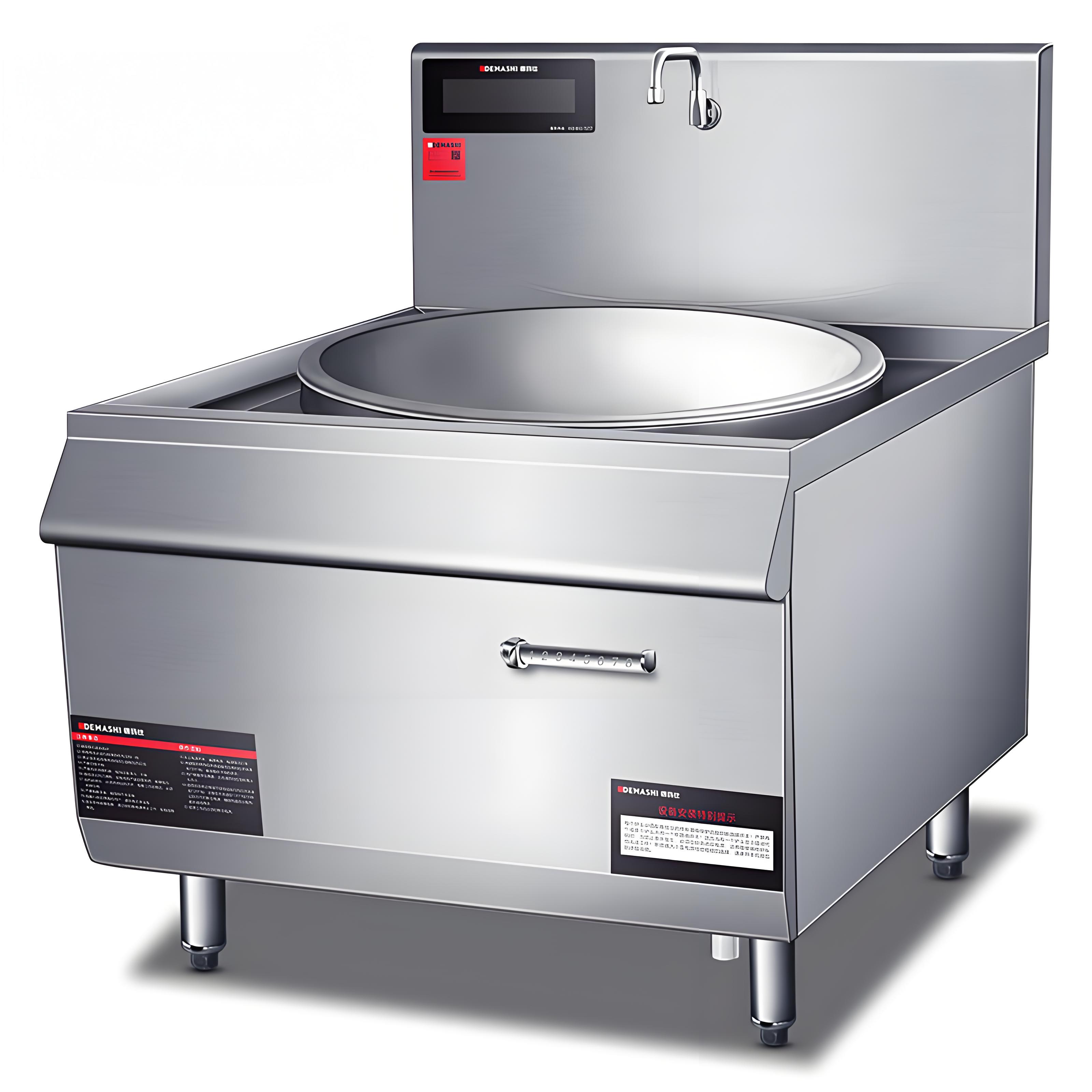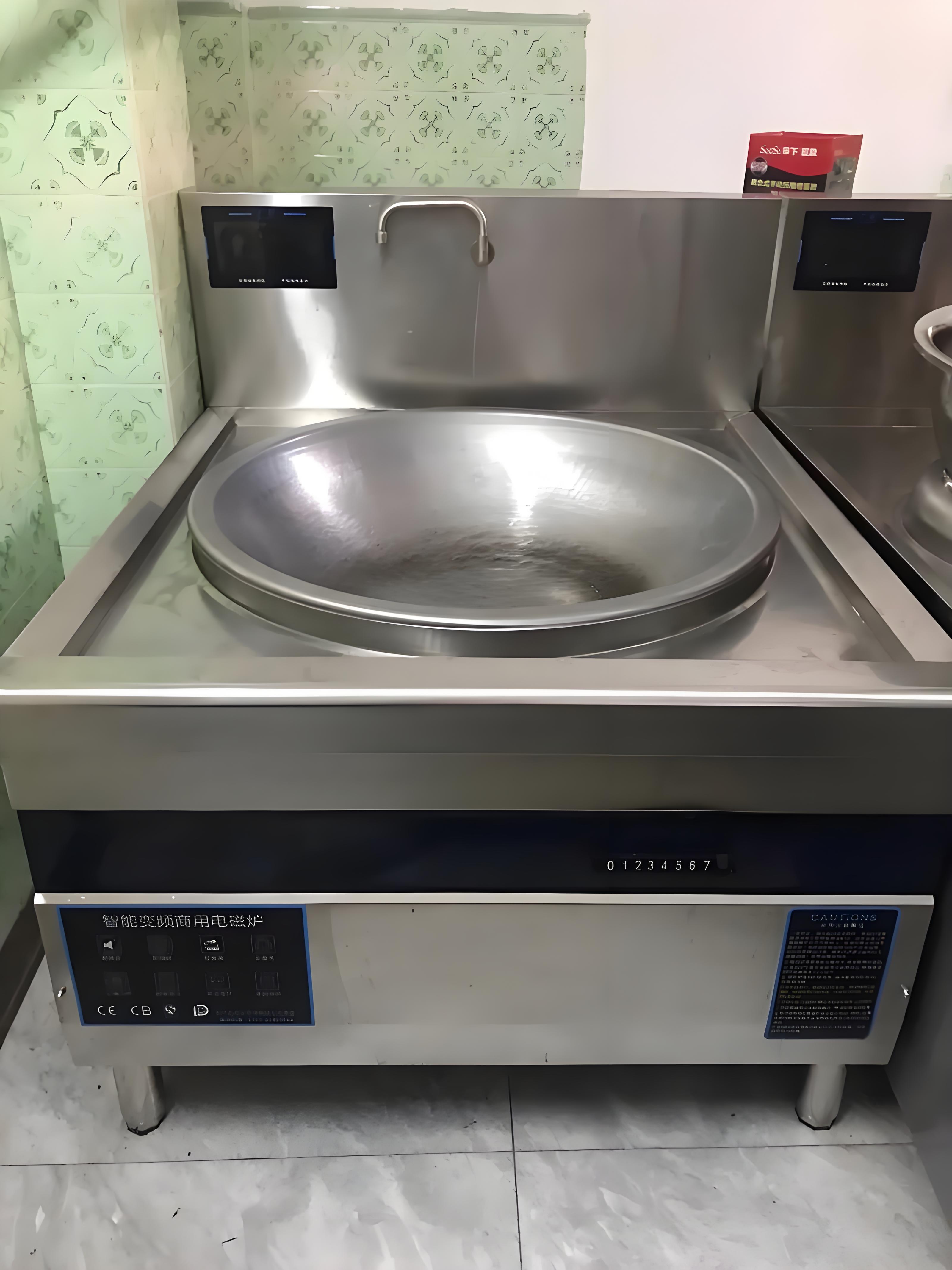As an expert in the kitchen equipment industry with extensive experience in catering to large-scale food service operations, I often get asked about the best solutions for school cafeterias. One of the most frequent questions I encounter is whether high-power induction cooktops are suitable for school cafeterias. In this article, I’ll delve into this topic, exploring the benefits, challenges, and practical considerations of using high-power induction cooktops in school cafeterias.
Understanding School Cafeteria Needs
Before we can determine if high-power induction cooktops are suitable for school cafeterias, it’s essential to understand the unique needs and challenges of these environments.
High Volume Cooking
School cafeterias typically serve hundreds, if not thousands, of students daily. This means they need kitchen equipment that can handle high-volume cooking efficiently and consistently.
Time Constraints
Lunch periods are often short, and cafeterias need to prepare and serve meals quickly to accommodate students’ schedules. This requires kitchen equipment that can heat up fast and maintain consistent temperatures.
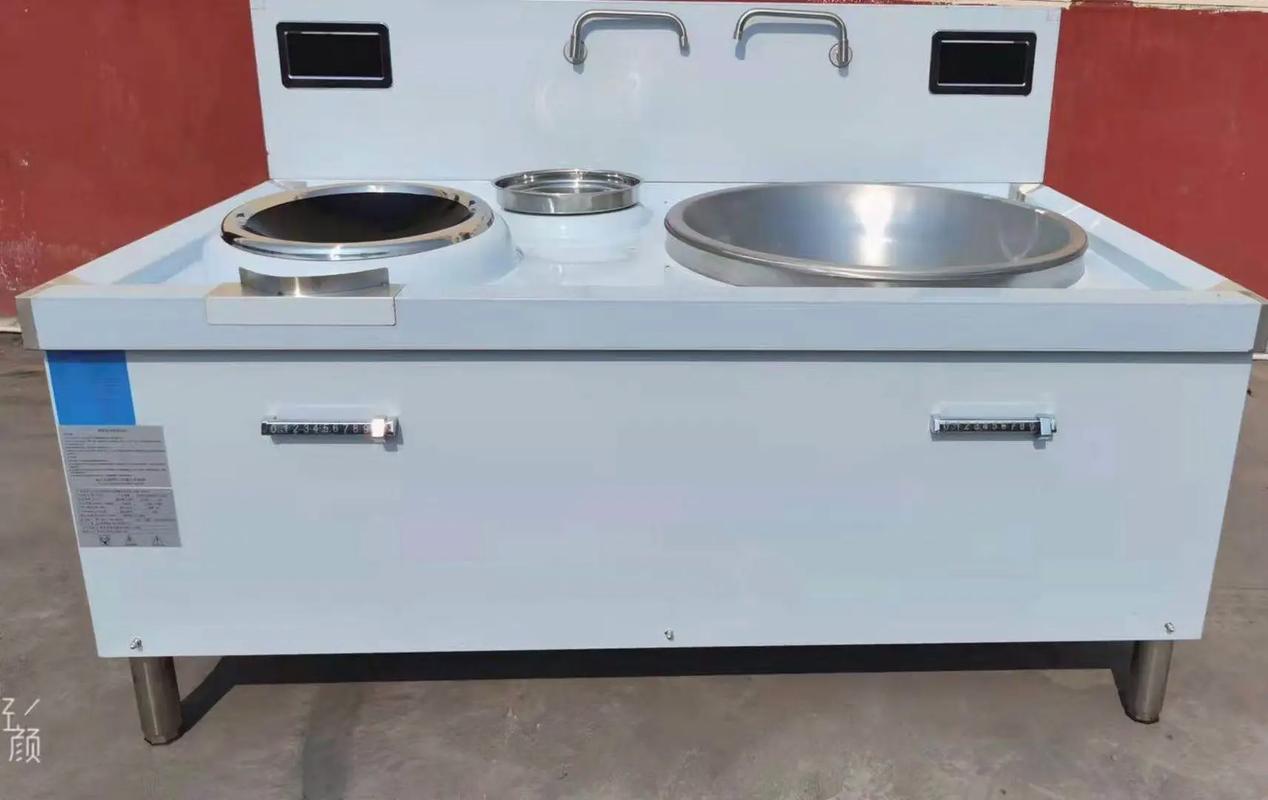
Safety and Hygiene
Safety and hygiene are paramount in school cafeterias. Kitchen equipment must be easy to clean, maintain, and operate safely to prevent accidents and ensure food safety.
Energy Efficiency and Cost
School cafeterias operate on tight budgets, so energy efficiency and cost-effectiveness are crucial considerations. Kitchen equipment that can reduce energy consumption and operating costs is highly desirable.
Benefits of High-Power Induction Cooktops for School Cafeterias
Now, let’s explore the benefits of using high-power induction cooktops in school cafeterias.
Fast Heating and Precise Temperature Control
High-power induction cooktops heat up quickly, allowing cafeteria staff to start cooking almost immediately. Additionally, they offer precise temperature control, ensuring that food is cooked evenly and consistently. This can help improve food quality and reduce the risk of overcooking or undercooking.
Energy Efficiency
Induction cooktops are highly energy-efficient because they heat the cookware directly, rather than heating the air around it. This means less energy is wasted, and more of the heat generated is used for cooking. In a school cafeteria setting, where energy consumption is a significant concern, this can lead to substantial cost savings over time.
Safety Features
High-power induction cooktops come with a range of safety features that make them ideal for school cafeterias. For example, they have automatic shut-off mechanisms that prevent overheating and reduce the risk of fires. Additionally, since the cooktop surface doesn’t get as hot as traditional stoves, there’s a reduced risk of burns or injuries to staff and students.
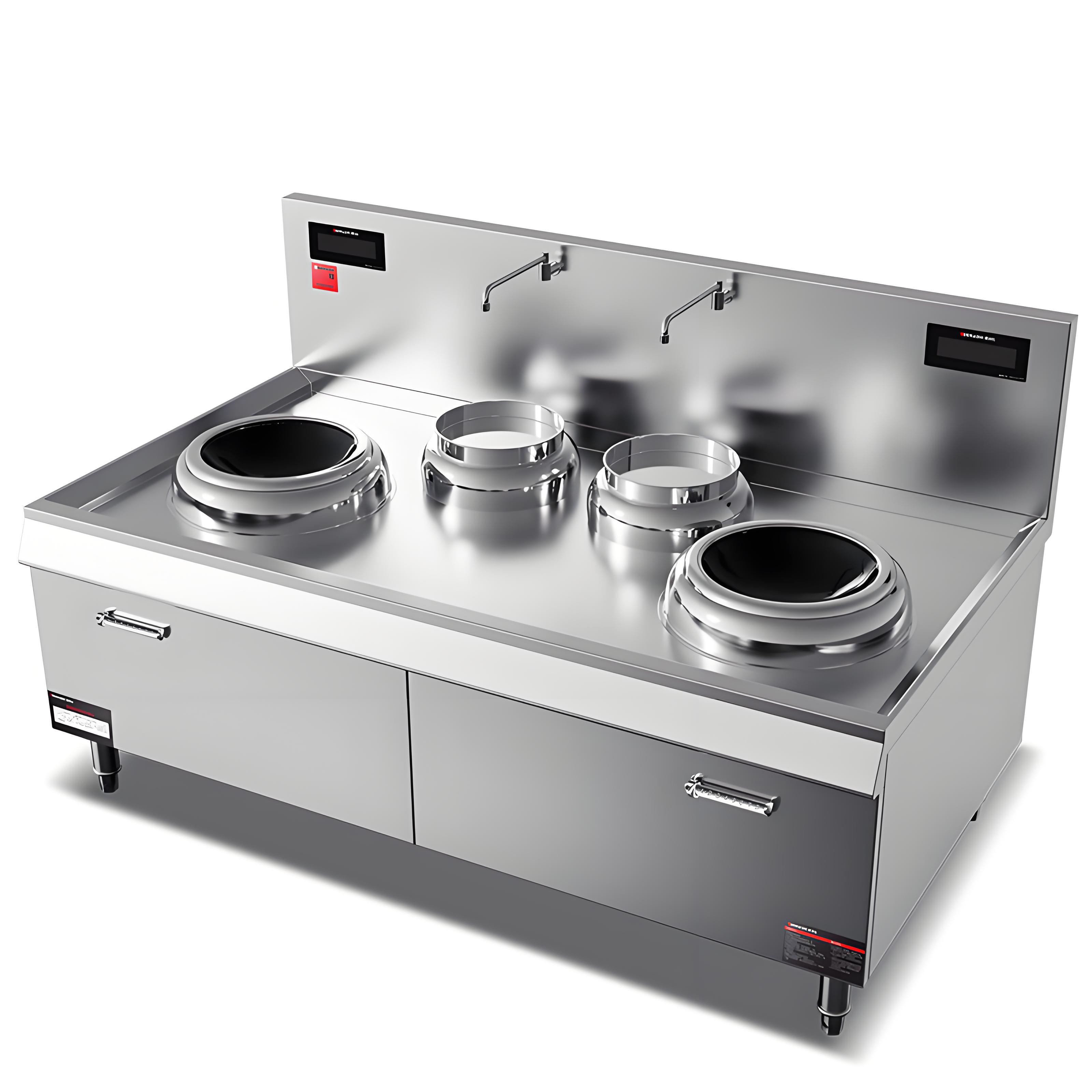
Easy to Clean and Maintain
Induction cooktops have a smooth, flat surface that’s easy to clean and maintain. Spills and splatters can be wiped away quickly, and there are no nooks or crannies where food can get trapped. This can help improve hygiene standards in the cafeteria and reduce the time and effort required for cleaning.
Versatility
High-power induction cooktops can be used with a variety of cookware, including pots, pans, woks, and griddles. This makes them highly versatile and suitable for a wide range of cooking tasks, from boiling and simmering to frying and sautéing. In a school cafeteria setting, where a diverse menu is often required, this versatility can be a significant advantage.
Comparing High-Power Induction Cooktops to Traditional Stoves in School Cafeterias
To better understand the suitability of high-power induction cooktops for school cafeterias, let’s compare them to traditional gas and electric stoves.
Gas Stoves
Gas stoves are known for their high heat output and instant heat adjustment capabilities. However, they also pose several challenges in a school cafeteria setting. For example, they require a gas supply, which can be costly to install and maintain. Additionally, gas stoves produce open flames, which can be a safety hazard, especially in crowded cafeterias. They also generate a significant amount of heat that escapes into the kitchen, causing the environment to heat up and potentially increasing the risk of accidents.
Electric Stoves
Electric stoves, whether they use coil elements or smooth-top surfaces, are another common option for school cafeterias. While they may not produce open flames like gas stoves, they still generate a significant amount of heat that escapes into the kitchen. Additionally, electric stoves can be slower to heat up and may not offer the same level of temperature control as induction cooktops. This can lead to longer cooking times and potentially lower food quality.
High-Power Induction Cooktops vs. Traditional Stoves: A Comparison for School Cafeterias
To illustrate the differences between high-power induction cooktops and traditional stoves in a school cafeteria setting, let’s consider the following table:
| Feature | Gas Stove | Electric Stove | High-Power Induction Cooktop |
|---|---|---|---|
| Heating Speed | Fast | Moderate | Very Fast |
| Temperature Control | Good | Moderate | Excellent |
| Energy Efficiency | Moderate | Moderate | High |
| Safety Features | Limited | Moderate | Excellent |
| Cleaning and Maintenance | Challenging | Moderate | Easy |
| Versatility | High | High | Very High |
As you can see, high-power induction cooktops offer several advantages over traditional stoves in a school cafeteria setting, including faster heating, better temperature control, higher energy efficiency, excellent safety features, easy cleaning and maintenance, and high versatility.
Practical Considerations for Implementing High-Power Induction Cooktops in School Cafeterias
While high-power induction cooktops offer many benefits for school cafeterias, there are also some practical considerations to keep in mind when implementing them.
Initial Investment
High-power induction cooktops can have a higher upfront cost compared to traditional stoves. However, it’s important to consider the long-term savings in energy consumption and maintenance costs when evaluating the total cost of ownership. Additionally, some schools may be eligible for grants or incentives to help offset the initial investment.
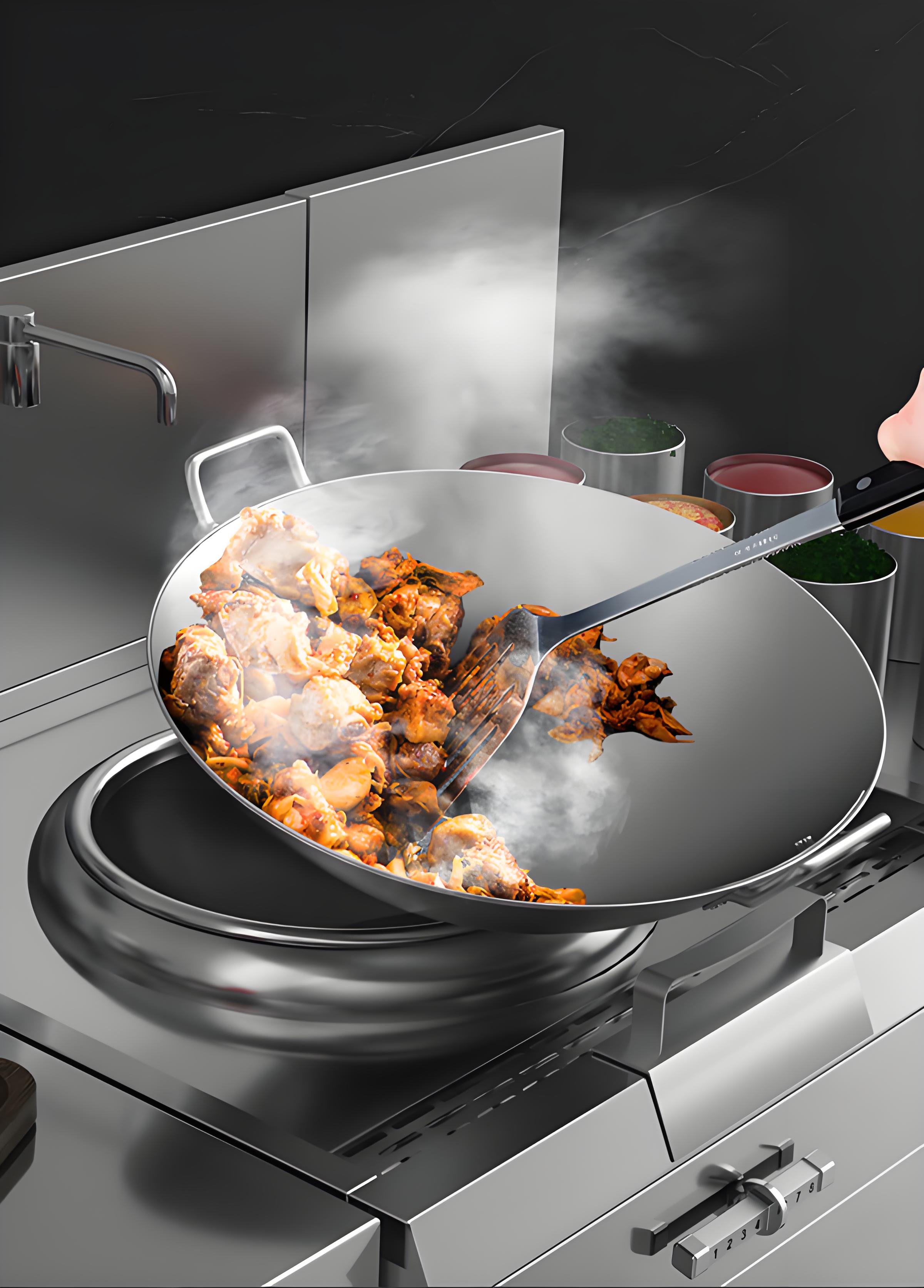
Infrastructure Requirements
Induction cooktops require a dedicated electrical circuit with sufficient amperage to handle the high power output. This may require upgrades to the cafeteria’s electrical infrastructure, which can add to the initial investment cost. However, many modern school buildings are already equipped with the necessary electrical capacity to support induction cooktops.
Staff Training
Cafeteria staff may need training to use high-power induction cooktops effectively and safely. This includes understanding how to operate the cooktops, select the appropriate cookware, and maintain proper temperature control. However, induction cooktops are generally intuitive to use, and staff training can be completed relatively quickly.
Menu Adaptation
While high-power induction cooktops are highly versatile, some cafeterias may need to adapt their menus to take full advantage of the technology. For example, certain cooking techniques or recipes may need to be modified to work best with induction cooking. However, with a little creativity and experimentation, most cafeterias can easily adapt their menus to suit induction cooktops.
Real-World Examples and Success Stories
To further illustrate the suitability of high-power induction cooktops for school cafeterias, let’s look at some real-world examples and success stories.
Example 1: Large Urban School District
A large urban school district decided to upgrade its cafeterias with high-power induction cooktops as part of a broader initiative to improve energy efficiency and reduce operating costs. After implementing the induction cooktops, the district reported a significant reduction in energy consumption and lower utility bills. Additionally, cafeteria staff praised the cooktops for their fast heating, precise temperature control, and ease of use. Students also noticed an improvement in food quality, with meals being cooked more evenly and consistently.
Example 2: Private School with Limited Kitchen Space
A private school with limited kitchen space was struggling to meet the demands of its growing student population. The school decided to invest in high-power induction cooktops to maximize its cooking capacity without expanding its kitchen footprint. The induction cooktops allowed the school to cook more meals in less time, freeing up space for other kitchen activities. Additionally, the school reported improved safety standards and easier cleaning and maintenance.
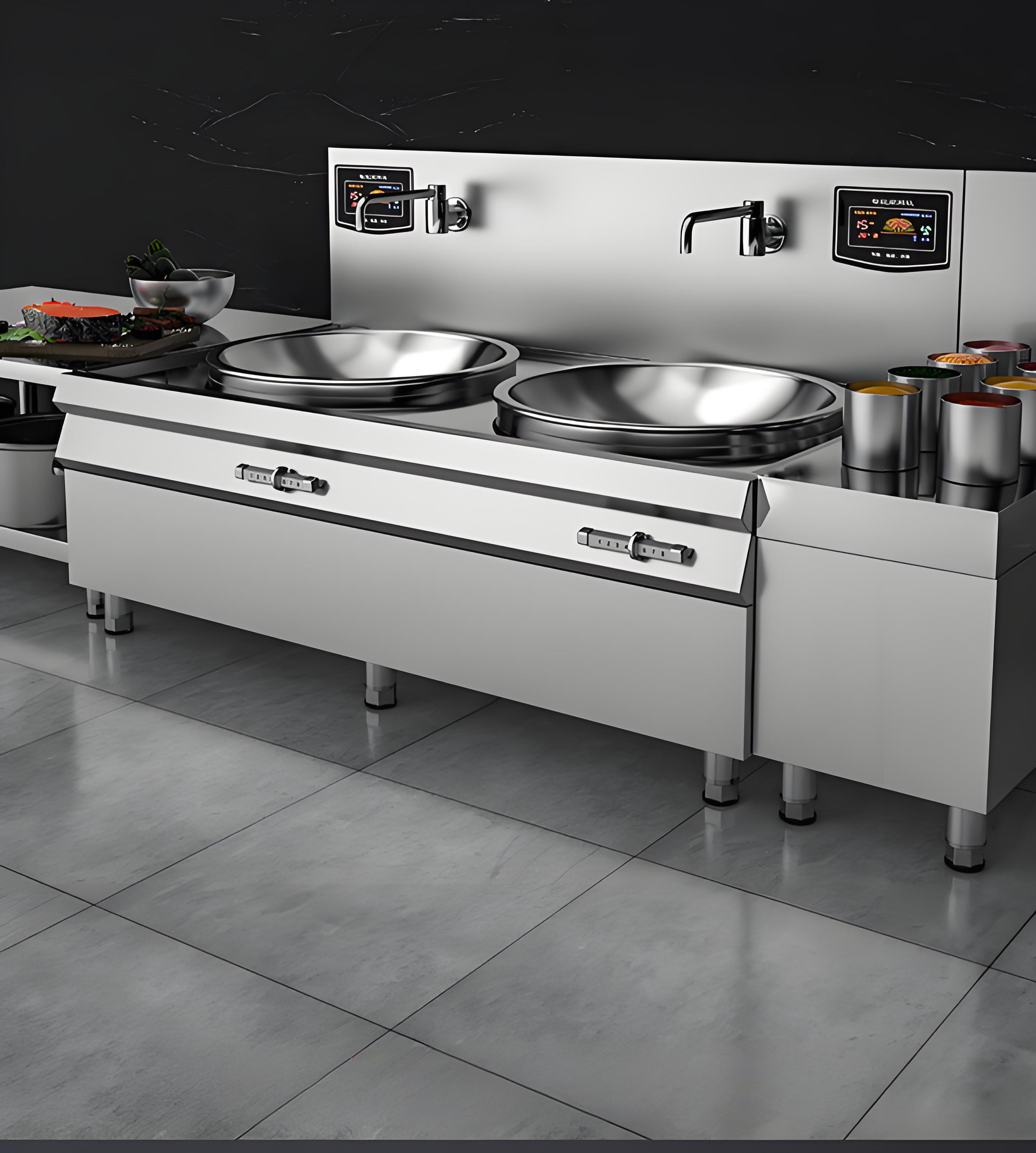
Example 3: Rural School with High Energy Costs
A rural school with high energy costs was looking for ways to reduce its operating expenses. The school decided to replace its traditional gas stoves with high-power induction cooktops. After the switch, the school reported a significant reduction in energy consumption and lower utility bills. Additionally, the induction cooktops improved the cafeteria’s cooking efficiency and food quality, leading to higher student satisfaction.
Addressing Common Concerns and Misconceptions
Despite the many benefits of high-power induction cooktops for school cafeterias, there are still some common concerns and misconceptions that need to be addressed.
Concern 1: Induction Cooktops Are Too Expensive
While high-power induction cooktops may have a higher upfront cost compared to traditional stoves, it’s important to consider the long-term savings in energy consumption and maintenance costs. Additionally, many schools may be eligible for grants or incentives to help offset the initial investment. When evaluated over the lifespan of the equipment, induction cooktops can often provide a better return on investment.
Concern 2: Induction Cooktops Require Special Cookware
While induction cooktops do require ferromagnetic cookware, this doesn’t mean schools have to buy all new pots and pans. Many types of stainless steel and cast iron cookware are compatible with induction cooktops, and schools can often find affordable options at local kitchen supply stores. Additionally, some induction cooktops come with compatibility indicators that can help determine if existing cookware will work.
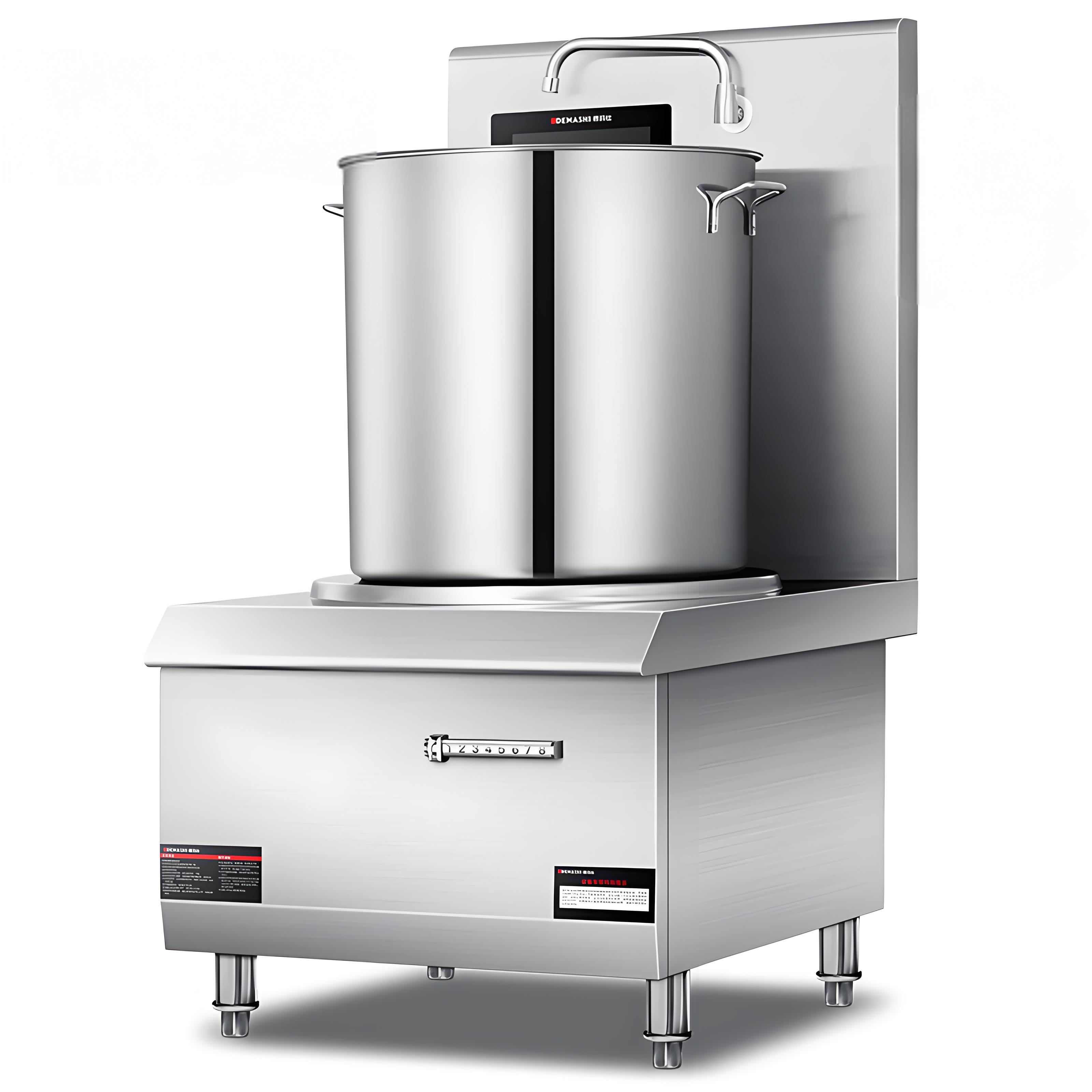
Misconception 1: Induction Cooktops Don’t Get as Hot as Traditional Stoves
This is a common misconception. While induction cooktops may not produce the same visible flames as gas stoves, they can generate just as much heat, if not more. The key difference is that induction cooktops heat the cookware directly, rather than heating the air around it, which can make the cooking process feel different. However, with proper use and temperature control, schools can achieve the same cooking results as with traditional stoves.
Misconception 2: Induction Cooktops Are Noisy
While some induction cooktops may produce a slight humming or buzzing sound when in use, this is generally much quieter than the noise generated by gas stoves or exhaust fans. Additionally, many modern induction cooktops are designed to operate quietly, so schools don’t have to worry about excessive noise in their cafeterias.
Conclusion
In conclusion, high-power induction cooktops are indeed suitable for school cafeterias. They offer fast heating, precise temperature control, high energy efficiency, excellent safety features, easy cleaning and maintenance, and high versatility. While there may be some initial investment and infrastructure requirements, the long-term benefits in terms of cost savings, improved food quality, and enhanced safety standards make induction cooktops a compelling choice for school cafeterias.
If you’re considering upgrading your school cafeteria’s kitchen equipment, I highly recommend giving high-power induction cooktops a serious look. With their many benefits and practical applications, they’re sure to become a valuable asset in your cafeteria for years to come.

Related Q&A
Q1: Can high-power induction cooktops handle the high-volume cooking needs of a school cafeteria?
A1: Yes, high-power induction cooktops are designed to handle high-volume cooking efficiently. They heat up quickly and offer precise temperature control, allowing cafeteria staff to cook meals quickly and consistently, even during peak lunch periods.
Q2: Are high-power induction cooktops safe for use in school cafeterias?
A2: Absolutely. High-power induction cooktops come with a range of safety features, including automatic shut-off mechanisms and a cool-to-the-touch surface, making them much safer than traditional gas or electric stoves in a school cafeteria setting.
Q3: Do high-power induction cooktops require special training for cafeteria staff?
A3: While some training may be necessary to ensure staff can use the induction cooktops effectively and safely, the learning curve is generally short. Induction cooktops are intuitive to use, and most staff can quickly adapt to the new technology.
Q4: Can high-power induction cooktops be used with existing cookware in school cafeterias?
A4: It depends on the material of the existing cookware. Induction cooktops require ferromagnetic cookware, such as iron, stainless steel, or some types of enameled cast iron. Schools can test their existing cookware by placing a magnet on the bottom; if it sticks, it’s likely compatible.
Q5: Are there any grants or incentives available to help schools purchase high-power induction cooktops?
A5: Yes, there may be grants or incentives available to help schools offset the cost of purchasing high-power induction cooktops. Schools can check with their local government agencies, utility companies, or educational foundations to see if they qualify for any such programs.
